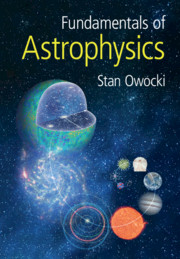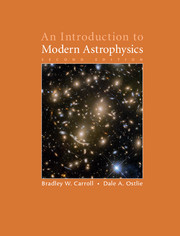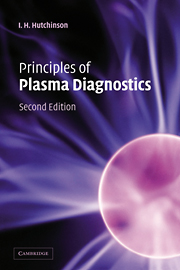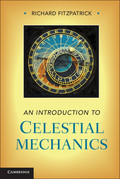Fundamentals of Astrophysics
This concise textbook, designed specifically for a one-semester course in astrophysics, introduces astrophysical concepts to undergraduate science and engineering students with a background in college-level, calculus-based physics. The text is organized into five parts covering: stellar properties; stellar structure and evolution; the interstellar medium and star/planet formation; the Milky Way and other galaxies; and cosmology. Structured around short easily digestible chapters, instructors have flexibility to adjust their course's emphasis as it suits them. Exposition drawn from the author's decade of teaching his course guides students toward a basic but quantitative understanding, with 'quick questions' to spur practice in basic computations, together with more challenging multi-part exercises at the end of each chapter. Advanced concepts like the quantum nature of energy and radiation are developed as needed. The text's approach and level bridge the wide gap between introductory astronomy texts for non-science majors and advanced undergraduate texts for astrophysics majors.�
- Designed to provide science majors with a quantitative overview of astrophysics within a one-semester elective course, something no other text is currently suitable for
- Guides students toward quantitative understanding of astrophysical objects and concepts, without assuming prior knowledge beyond first-year calculus-based physics
- Emphasis is focused on the fundamentals, to cover the breadth of astrophysical topics, which can otherwise be overwhelming in a short course
Reviews & endorsements
'Owocki's book is a welcome addition to the handful of good textbooks that cover astrophysics at an introductory level. Building on the typical first year undergraduate STEM curriculum, he makes a thorough quantitative survey of all the important topics in stellar, galactic, and extragalactic astrophysics. Teachable within a one-semester course, this book creates an attractive technical elective in this fascinating field.' Jim Napolitano, Temple University
'This much-needed text fills the void for good up-to-date introductions to astrophysics for second or third year undergraduates with a calculus-based intro physics background. I especially like the division in short 'one topic per session' chapters, which makes the text useful for modern active-learning based approaches. The exercises are well designed, and the inclusion of popular subjects such as exoplanets and gravitational wave observations will certainly inspire a broad range of students. I will seriously consider it for our Intro to Astrophysics class.' Francesc Ferrer, Washington University in St Louis
'Amateurs looking for a slightly deeper understanding than is afforded by the average astronomy text will also find it accessible, interesting, and informative. Warmly recommended.' Ian D. Howarth, The Observatory
'Owocki's book is conversational and supremely readable. Readers will feel both the author's excitement for the material and his depth of experience explaining concepts at the undergraduate level … a welcome addition to the world of undergraduate astronomy textbooks.' Colette Salyk, Vassar College, Physics Today
Product details
August 2021Hardback
9781108844390
304 pages
251 × 175 × 19 mm
0.72kg
Temporarily unavailable - available from TBC
Table of Contents
- Part I. Stellar Properties:
- 1. Introduction
- 2. Astronomical Distances
- 3. Stellar Luminosity
- 4. Surface Temperature from a Star's Color
- 5. Stellar Radius from Luminosity and Temperature
- 6. Composition and Ionization from Stellar Spectra
- 7. Surface Gravity and Escape/Orbital Speed
- 8. Stellar Ages and Lifetimes
- 9. Stellar Space Velocities
- 10. Using Binary Systems to Determine Masses and Radii
- 11. Stellar Rotation
- 12. Light Intensity and Absorption
- 13. Observational Methods
- 14. Our Sun
- Part II. Stellar Structure and Evolution:
- 15. Hydrostatic Balance between Pressure and Gravity
- 16. Transport of Radiation from Interior to Surface
- 17. Structure of Radiative vs. Convective Stellar Envelopes
- 18. Hydrogen Fusion and the Mass Range of Stars
- 19. Post-Main-Sequence Evolution: Low-Mass Stars
- 20. Post-Main-Sequence Evolution: High-Mass Stars
- Part III. Interstellar Medium and Formation of Stars and Planets:
- 21. The Interstellar Medium (ISM)
- 22. Star Formation
- 23. Origin of Planetary Systems
- 24. Water Planet Earth
- 25. Extra-Solar Planets
- Part IV. Our Milky Way and Other Galaxies:
- 26. Our Milky Way Galaxy
- 27. External Galaxies
- 28. Active Galactic Nuclei (AGNs) and Quasars
- 29. Large Scale Structure and Galaxy Formation and Evolution
- Part V. Cosmology:
- 30. Newtonian Dynamical Model of Universe Expansion
- 31. Accelerating Universe with a Cosmological Constant
- 32. The Hot Big Bang
- 33. Eras in the Evolution of the Universe
- Part VI. Appendices.







